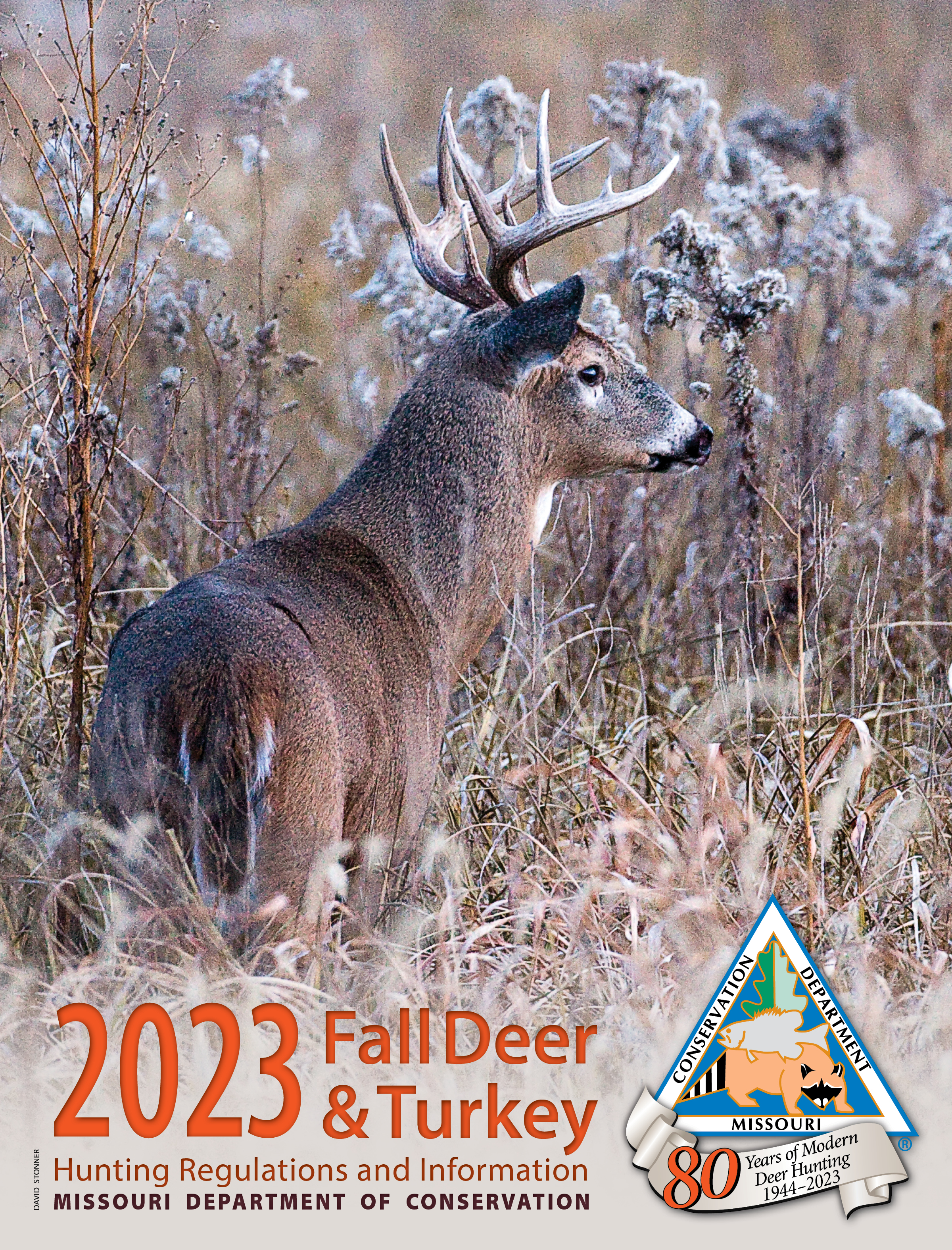Scouting is one of the most important aspects of deer hunting. White-tailed deer are a challenging quarry that requires hunters to study their habits and develop a plan to intersect their movements. Here are a few things to consider when scouting.
Acorns
During the fall, deer abandon other food sources to search for highly prized acorns, especially ones from white oaks. In years when acorn production is high, deer tend spread out, and forage with little movement. When acorn production is low, deer concentrate in areas that produced acorns and travel from tree to tree to find adequate forage. This makes deer more visible to hunters. Look for hoof prints, deer pellets, and broken acorn shells under trees to find active feeding sites. When acorns are on the ground, the area will be used by deer at all times of the day.
Crop Fields
Hunting the edge of crop fields can be effective. Deer feel more comfortable feeding in the open when there is cover nearby. Take notice where forested habitats jut out into fields, especially where two points jut out across from each other. If deer are on the move, they will tend to cross a field from point to point.
When deer enter a field to feed, they prefer secluded, shadowed coves earlier in the evening. Food near cover will always be visited by deer earlier in the evening, before they move into the middle of a big crop field. It’s hard for a hunter to enter a crop field before sunrise without spooking the deer that fed in the field all night, but entering after daybreak can be a good option. Deer feeding in other fields may move through when heading back to their bedding areas for the day.
Soybean fields are great summertime deer viewing areas. As the soybean leaves begin to turn yellow, deer will visit the area less. If a soybean field is left standing into the winter months, deer will return to the area to feed heavily on any remaining bean pods.
Standing corn provides extra cover and travel routes to keep deer concealed. Harvested cornfields, however, can be a great place to find deer scavenging waste grain in fall and winter.
Water
During dry years when temperatures are still above 70 degrees, deer may visit secluded water sources often. Check ponds for deer activity and set up trail cameras to help you identify times when deer are actively using them. Keep in mind that during normal years, deer gain much of their water from the food they eat.
Ponds, rivers, creeks, and lake arms can help hunters by creating pinch points. Deer generally choose the path of least resistance and will cut closely around coves or across pond dikes. These are excellent stand sites because deer trails often converge at these locations, allowing for a larger number of deer sightings, especially during the rut.
Water, however, is not always avoided. Deer will frequently wade across small creeks and swim across large rivers in search for food, cover, and breeding opportunities. Watch closely along creek edges for crossings. Often these areas are soft, causing worn trails that are easy to spot.
Scrapes and Rubs
Scrapes are signposts made by bucks. When making a scrape, a deer paws the ground and urinates on the disturbed soil. Research has shown that deer visit scrapes mainly at night. Scrapes, however, are highly visible and can give away travel corridors. Don’t focus on individual scrapes but on the route being used between scrapes. Scrapes are usually visited by many different deer, and not just bucks. Putting a trail camera on a scrape that is near a food source from mid-September to mid-November can provide a hunter with a good idea of the deer moving through an area.
Bucks use shrubs and saplings to rub the velvet off their antlers. A lot of rubs in an area does not necessarily mean there are many different bucks there, but it is a good sign. Although a buck can make rubs of any size, overly large rubs tend to indicate older bucks. When scouting, look for linear rub lines that indicate buck travel routes. Circular rub lines around thickets or small timber blocks may indicate a core bedding area for a particular buck.
Trails
Every time hunters see a well-used deer trail, they should ask themselves two questions: Where is the main food source from here and where is the main bedding area or heavy cover from here? Follow deer trails in the off season, especially in late January, and see where they lead. Make notes of these trails for the next year because they will not be as easy to find in the dense cover of summer. If the food source the trail is going to is a crop field or pasture, take note of what is planted there. Changes in available forages will influence deer movement from year to year.






















